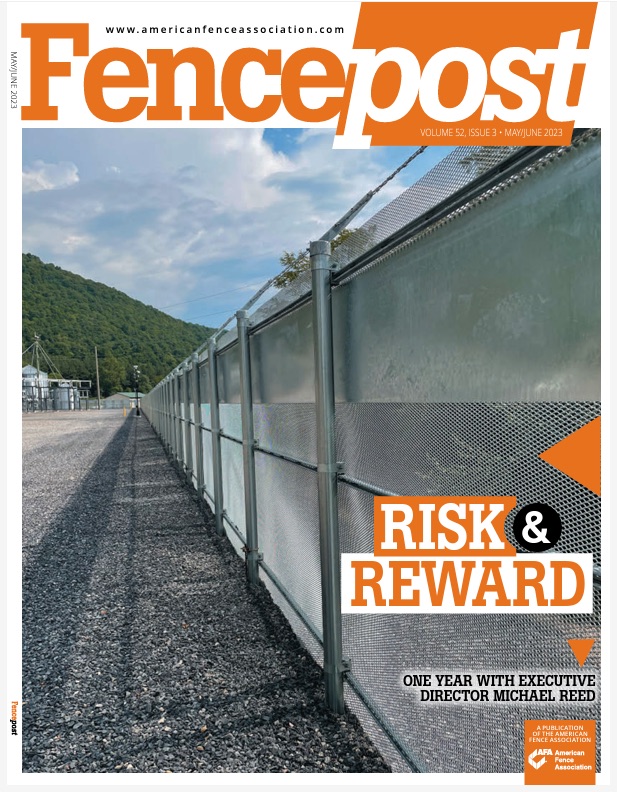Any homeowner who has waged war against squirrels in the rafters can attest to the fact that once the local wildlife set up shop, it’s difficult to extract them without professional help. The best defense is a good offense: deter small invaders before they get a foothold.
The same principle applies in the industrial world of electrical substations — but the stakes are much higher than an unwanted squirrel nest. For power stations, one little trespassing squirrel is all it takes to bring an entire structure to a grinding (and shorted-out) halt.
Markus Erbeldinger, Product & Engineering Manager at AMICO Security, knows all about the threat that small animals and herpetofauna (snakes, frogs, lizards, turtles, etc.) pose to substations of all sizes.
“Utilities are a big concern,” he said. “If you short something, it’s equipment damage. And if it’s a major short, now you have an outage at the power station that you have to fix, plus disgruntled customers. It’s essential for companies to avoid that.”
Severe damage to equipment can lead to long-term outages, driving costs up and customer satisfaction down, especially considering that key equipment like transformers have lead-times of more than 12 months. But equipment isn’t the only concern; health and safety are also affected. Wildlife can carry diseases, leave animal waste, and bring in (or become, if they die) carcasses once they’re inside a station.

